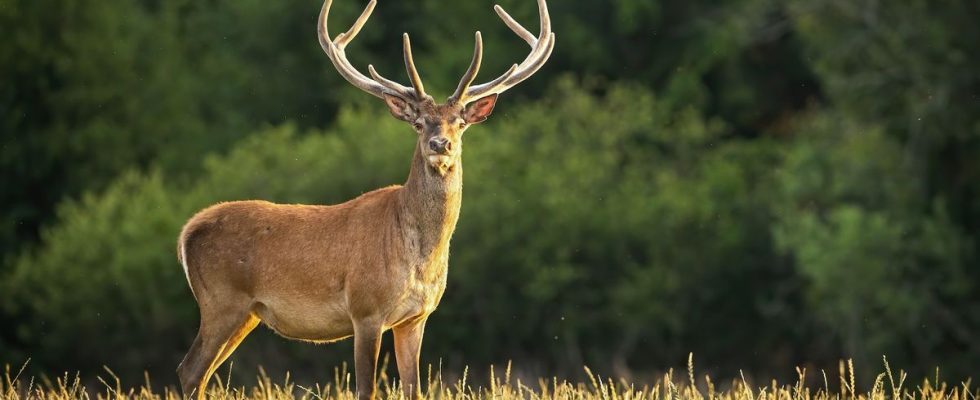Published on
Updated
Reading 2 min.
While cases of “zombie deer disease” are increasing among deer in the United States, scientists are warning of a possible spread from animals to humans. A hypothesis which, if confirmed, would announce a health disaster.
Could this be the next zoonosis (a disease that is transmitted from animals to humans) to fear? For several years, researchers have sought to warn of the progression of a disease which particularly affects deer. “Zombie deer disease,” or Chronic Wasting Disease (CWD), was reportedly found in 800 samples of deer, elk and moose in Wyoming. The disease is also progressing worryingly in Canada, Norway, Sweden, Finland and South Korea. This is enough to worry experts, who foresee a possible spread to humans.
What is “zombie deer disease”?
Zombie deer disease is so called because it attacks the nervous system of deer. Just like mad cow disease, or Creutzfeldt-Jakob disease, this condition leads to brain degeneration in the animal. When it occurs, the animal first loses weight then becomes trembling, stumbles, produces excessive saliva and finds itself haggard, with a blank look (like a zombie), before dying. The mortality rate from the disease is indeed 100%.
Why are experts worried?
If the disease affecting deer is worrying today, it is because experts see signs reminiscent of mad cow disease and fear a “slow-onset” catastrophe.
- Not only do the specimens affected by the disease seem to increase with each passing year, but so does the consumption of cervids by humans. In 2017, between 7,000 and 15,000 animals infected with the disease were consumed by humans, according to the Alliance for Public Wildlife, and this figure is expected to increase by 20% per year;
- The difficulty of eradicating the disease once it has infected an environment is also a problem. Its persistence in dirt and on surfaces for years, resists disinfectants, radiation and incineration at 600°C;
- Global warming could also favor the rebound of a zoonosis, according to the American biotechnology company Ginkgo Bioworks, which predicts that diseases transmitted from animals to humans could cause 12 times more deaths in 2050 than in 2020.
For the moment, however, there is no need to panic. But as Dr Cory Anderson, researcher on CWD, reminds us in the columns of The Guardian. “No one is saying this is definitely going to happen, but it’s important that people are prepared”.
